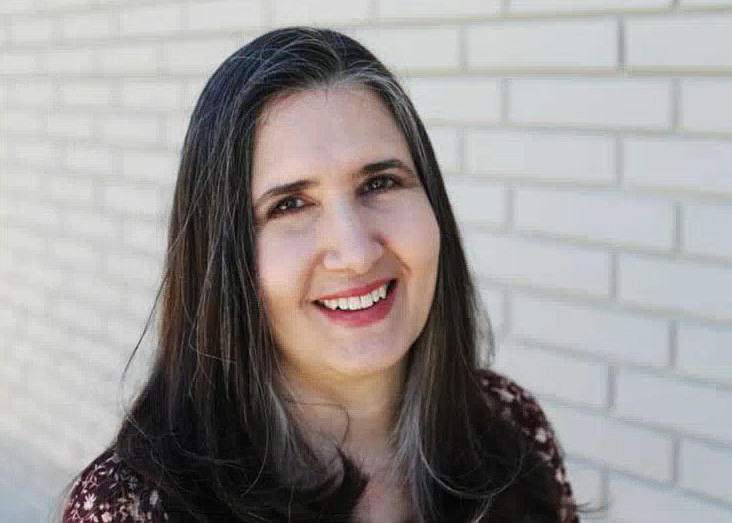Sholeh: Here's how you can spot fakes
Remember those old movies with obvious-looking “flying saucers” (literally a close-up of dishes) or Godzillas with plastic Barbie-doll arms? Deducing they were toys masquerading as the real deal was so simple, it bordered on hilarious.
Fake isn’t funny anymore.
Fake news hit North Idaho last week when an unsolicited spam text invaded local voters’ phones. Dauntingly labeled “Kootenai Sheriff Alert,” it attempted to influence primary election choices. Sheriff Norris said the text did not, nor would a political message posing as an emergency alert ever, originate from his office.
These days, fake is as much visual as textual. Unreal images litter the internet. They may be malicious and personal (e.g., maligning Beyonce, Taylor Swift, and Steve Harvey), politically manipulative (against both Trump — pictured somewhere he wasn’t, and Biden — in a hospital bed, both fake), or simply created for some nefarious personal reason. When viewers fall for them it can be devastating to careers, personal lives, elections or businesses.
With AI technology reaching such new heights, anyone with a smartphone, TV or computer needs a new skill: How to spot fakes. Knowing the truth takes more work now. Never trust, always verify — and not simply resting with another, non-original source.
Unbiased research skills have simply become a necessity in modern life. Spotting fake images is trickier. Here are some clues culled from McGill University’s Office for Science and Society, as well as various tech news sites:
• Too shiny: AI-generated images often have a glossy sheen that makes skin look polished, skin tone too even, or as if it has makeup all over it.
• Weird fingers: AI still has trouble with fingers. Are the fingers, the hand or a section of the arm in a weird position or proportion? Is there an extra finger or uneven lengths, a missing nail? Teeth can be similarly off. Look closely.
• Lighting and shadows: The subject may be in clear focus and appear lifelike, but what’s around it looks fuzzy or unrealistic.
• Text: AI is still learning how to use language realistically. Look for missing words, strange grammar or awkward wording.
• Unnatural colors: Too-red red in a tomato, food that looks like plastic; nature that looks too perfect. Reality never is.
• Blurry elements: Some elements of the image may look blurry compared to nearby features of the same depth in the photo.
Researchers at a British nonprofit (with an office in New York) called Center for Countering Digital Hate did an experiment using four of the world’s largest publicly available digital AI platforms: Midjourney, OpenAI's ChatGPT Plus, Stability.ai's DreamStudio and Microsoft's Image Creator.
Concerned about what proliferates on social media, they typed in various scenarios trying to create fake images of politicians and celebrities. If they hit a wall, they just reworded the command. Nearly half of their attempts led to credible, completely fake, images.
Some digital AI companies have said they’re working on ways to monitor or prevent this. For now, almost anybody can do it.
Fake can be outed, but gullibility has to improve. That’s on us.
Want to test your mettle? Take this quiz by Northwestern University https://detectfakes.kellogg.northwestern.edu/.
• • •
Sholeh Patrick is a columnist for the Hagadone News Network. Email sholeh@cdapress.com.

